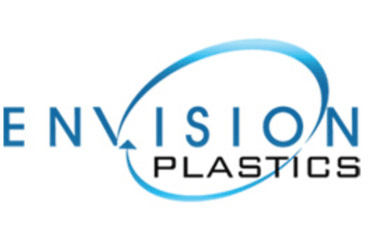FAQs
General FAQs
To request Envision Plastics’ regulatory documents, please click here:
Unequivocally, the answer is yes. According to Shorr’s Sustainable Packaging Consumer Report, 86% of the American consumers surveyed are more likely to purchase a product from a brand or retailer if the packaging is considered sustainable. Furthermore, 64% of respondents said sustainable packaging is a factor in their selection process (2022).
EcoPrime FAQs
EcoPrime® can be used in a variety of applications ranging from film in flexible packaging, to blow molded plastic containers, to injection molded containers and parts. EcoPrime® is considered a safe substitute for conventional HDPE plastic in many packaging applications, including: dairy products, dry foods, condiments, and dry and aqueous personal and beauty care applications where food grade material is required or simply desired due to its exceptional cleanliness.
Yes, EcoPrime® HDPE can be recycled through similar channels and processes as virgin resin. Use of EcoPrime® in HDPE containers does not prevent those containers from carrying the #2 recycling categorization.
EcoPrime® is produced from post-consumer recycled HDPE (#2) bottles, such as milk and water jugs collected curbside. Envision Plastics purchases bales of natural HDPE bottles from waste haulers and community materials recovery facilities (MRFs) and sorts them further so that the feedstock is primarily food grade bottles that originally packaged milk, water, juice, and other food and beverage products.
The U.S. Food and Drug Administration (FDA) Center for Food Safety and Applied Nutrition website has published guidance documents for the use of recycled plastic in food packaging. Envision Plastics’ EcoPrime® has been proven to meet the FDA standards and has received No Objection Letters (NOL) from the FDA.
OceanBound Plastic FAQs
Envision Plastics’ OceanBound Plastic comes from within 50km of waterways and coastlines in areas that lack formal community-based recycling collection.
Yes! Because OceanBound Plastic is HDPE, it can be recycled in the same channels and processes as any other HDPE product. Products made with OceanBound Plastic are just as recyclable as products made with curbside collected PCR or virgin resin.
The majority of recycled plastic comes from plastic collected at your curb by professional waste management companies. This plastic is then sorted and further processed into various products and packaging. Envision Plastics’ OceanBound Plastic, however, is sourced from within 50km of waterways and coastlines in areas that lack formal community-based recycling collection. There is a high likelihood that the plastic in these at-risk zones would enter the ocean or other waterways if not collected for recycling programs like Envision’s OceanBound Plastic program. Envision Plastics works with its qualified partners to professionalize the collection stream, collect this plastic, and manufacture it into clean post consumer resin.
Envision Plastics has an FDA Non-Objection Letter (NOL) specific to OceanBound material, NOL #219, so Envision Plastics’ OceanBound EcoPrime® can be used in direct food contact.
